Sant Kabir Das
Sant Kabir Das, is considered to be one of the greatest poets as well as mystics ever born in India. He believed that human beings are equal and
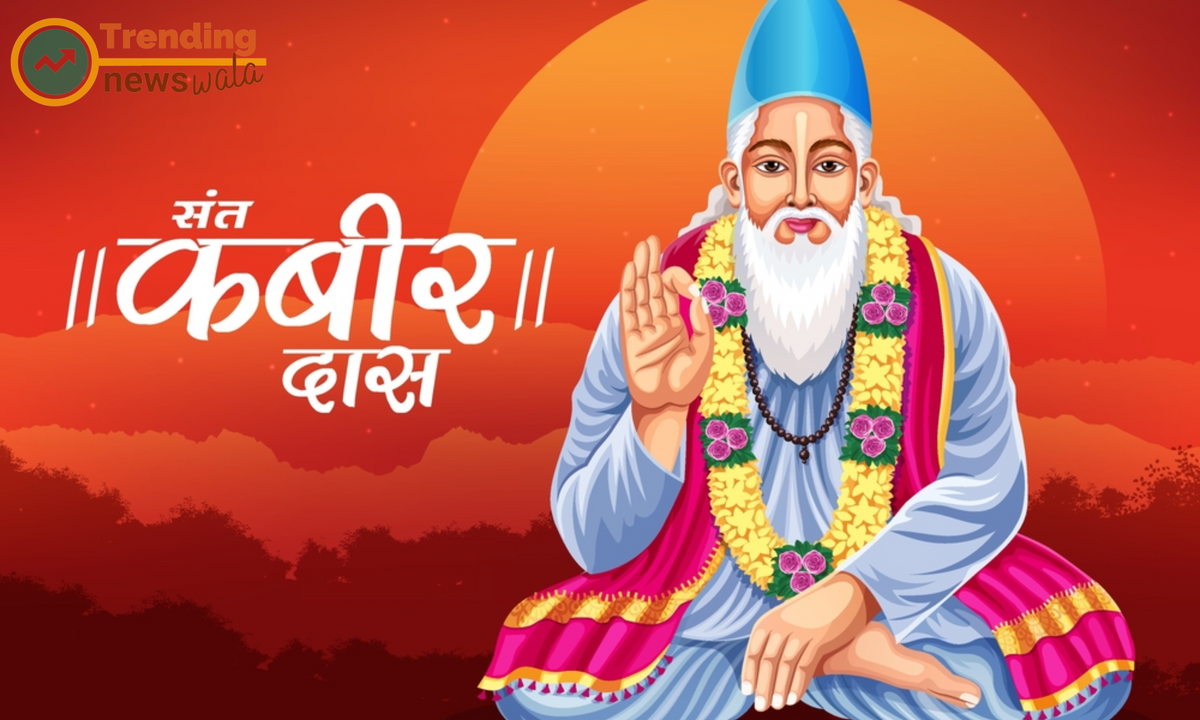
Sant Kabir Das, the 15th-century mystic poet, left an indelible mark on the spiritual landscape of India. His verses, known as "Kabir Ke Dohe," resonate with profound wisdom that transcends religious and cultural boundaries. In this article, we explore the top 10 teachings of Sant Kabir Das that continue to guide and inspire seekers on their spiritual journey.
Sant Kabir Das, through his timeless teachings, continues to guide humanity toward a path of spiritual enlightenment and unity. His verses, filled with wisdom and compassion, serve as a beacon for those seeking deeper meaning and connection with the Divine. As we delve into the top 10 teachings of Sant Kabir Das, we find a profound philosophy that transcends time and resonates with the universal quest for truth and spiritual fulfillment.
Oneness of God

Kabir emphasized the concept of a singular, formless God that transcends the divisions of religions. His teachings underscore the idea that the Divine is beyond the labels and interpretations created by human constructs.
The concept of the oneness of God, known as monotheism, is a fundamental tenet in many religious traditions. Different religions articulate the oneness of God in various ways, but the underlying idea is the belief in a single, supreme, and indivisible deity. Here are explanations from the perspectives of three major monotheistic religions: Islam, Christianity, and Judaism.
Islam: In Islam, the oneness of God is expressed through the concept of Tawhid. Tawhid emphasizes the absolute unity and uniqueness of Allah. Muslims believe that there is no god but Allah, and He is indivisible. This oneness extends to Allah's attributes, actions, and sovereignty. Tawhid is central to Islamic theology and is recited in the Shahada, the declaration of faith: "La ilaha illallah, Muhammadur rasulullah" (There is no god but Allah, Muhammad is the messenger of Allah).
Christianity: In Christianity, the oneness of God is expressed through the doctrine of the Trinity. Christians believe in one God existing in three persons: the Father, the Son (Jesus Christ), and the Holy Spirit. Despite being distinct persons, these three are believed to share the same essence or substance. The concept of the Trinity is not a belief in three gods but rather one God in three persons. This understanding is expressed in the Nicene Creed, a statement of Christian faith.
Judaism: Judaism affirms the oneness of God without the concept of a Trinity. In Judaism, God is considered indivisible, and the belief is encapsulated in the Shema, a central prayer in Judaism found in Deuteronomy 6:4: "Hear, O Israel: The LORD our God, the LORD is one." This statement, known as the Shema Yisrael, emphasizes the absolute unity of God in Jewish theology.
It's important to note that while these are three major monotheistic traditions, there are other monotheistic religions and belief systems with their own interpretations of the oneness of God. The oneness of God is a profound and central concept in monotheistic faiths, shaping the core of their theological frameworks and religious practices.
Equality and Brotherhood
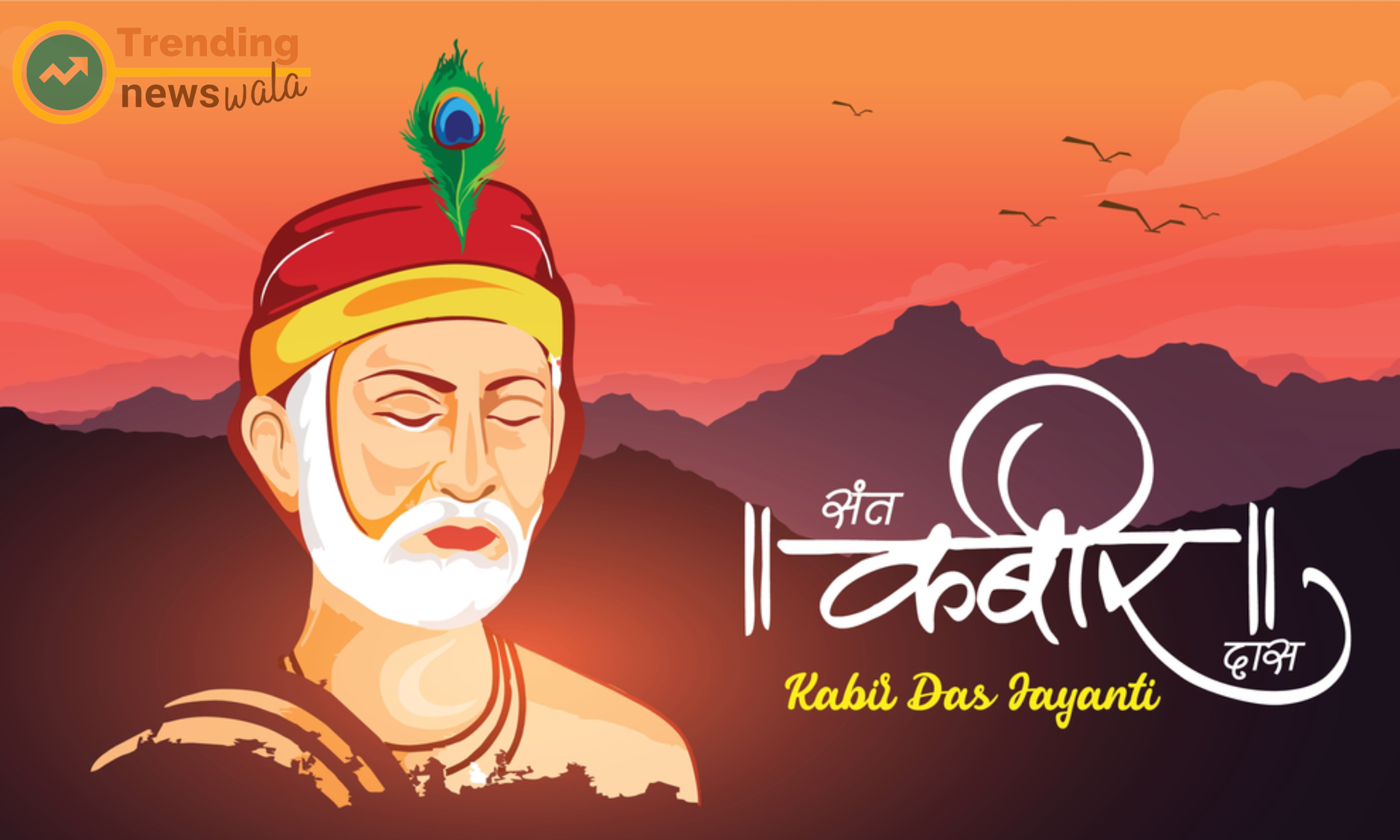
One of Kabir's central teachings is the inherent equality of all human beings. He rejected the caste system and religious distinctions, promoting a sense of brotherhood that unites people beyond societal divides.
Equality and brotherhood are concepts that hold significance in various contexts, including social, political, and philosophical perspectives. Let's explore these concepts in more detail:
Equality:
Social Equality: Social equality refers to the idea that all individuals in a society have the same status, rights, and opportunities. It advocates for the absence of discrimination based on factors such as race, gender, religion, socioeconomic status, or other characteristics. Achieving social equality involves creating a society where everyone has equal access to education, healthcare, employment, and justice.
Legal Equality: Legal equality emphasizes the equal treatment of individuals under the law. It means that everyone is subject to the same laws and regulations, and justice is administered without bias. Legal systems strive to ensure that all citizens have equal rights and protection.
Economic Equality: Economic equality involves reducing the disparities in wealth and income among individuals. It advocates for fair distribution of resources and opportunities to ensure that no one is excessively wealthy or impoverished. Policies promoting progressive taxation, social welfare programs, and equitable economic opportunities contribute to economic equality.
Brotherhood:
Fraternity and Solidarity: Brotherhood, in a societal context, emphasizes the idea of fraternity and solidarity among individuals. It goes beyond mere legal and social equality to foster a sense of mutual support, compassion, and shared responsibility. Brotherhood promotes the idea that all humans are interconnected and should work together for the common good.
Camaraderie and Unity: Brotherhood also relates to the sense of camaraderie and unity within groups or communities. Whether it's a familial bond, community spirit, or a broader sense of humanity, the concept of brotherhood underscores the importance of cooperation, understanding, and empathy among people.
Global Brotherhood: In a global context, brotherhood extends the idea of interconnectedness and shared humanity beyond national, cultural, or religious boundaries. It encourages people to recognize the commonality of their aspirations, challenges, and values, fostering a sense of global citizenship.
Both equality and brotherhood are foundational principles in the pursuit of a just and harmonious society. They complement each other, as true brotherhood often requires the establishment and protection of equality, and the realization of equality is strengthened by a sense of brotherhood that transcends individual differences. These concepts continue to shape discussions on human rights, social justice, and the development of inclusive societies worldwide.
Inner Realization
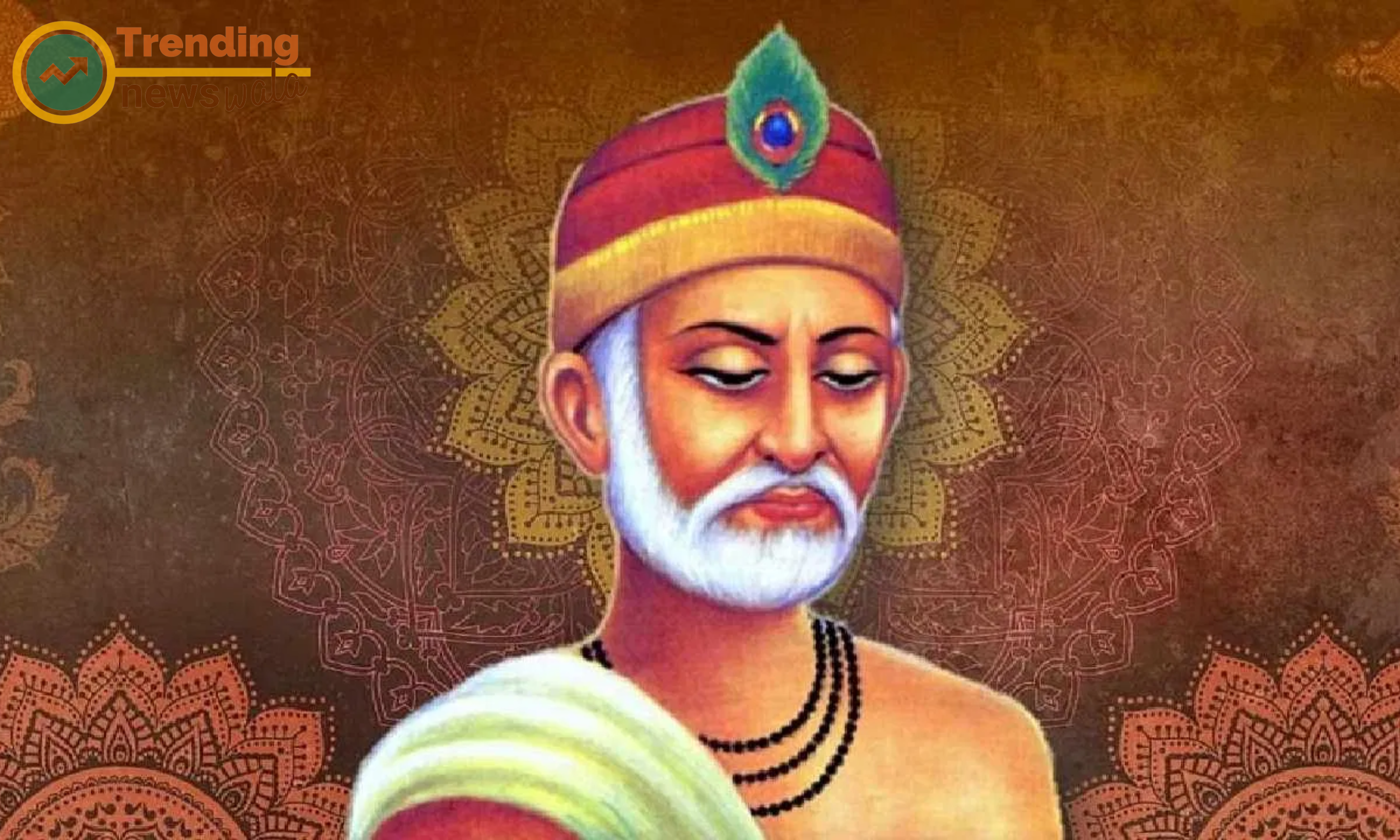
Kabir encouraged seekers to look within for spiritual realization. His teachings emphasize the importance of introspection, meditation, and connecting with the Divine on a personal level.
In the hustle and bustle of our daily lives, it's easy to get caught up in the external world—meeting deadlines, fulfilling responsibilities, and navigating the complexities of relationships. However, amid the noise of the external, there lies a profound journey waiting to be undertaken—the journey within. Inner realization, a transformative process of self-discovery, beckons individuals to explore the depths of their own consciousness, unraveling the mysteries of the self and finding profound meaning in the silence within.
Understanding Inner Realization: Inner realization is not a mere intellectual exercise but a holistic journey that encompasses the mind, body, and spirit. It involves introspection, self-awareness, and the cultivation of mindfulness. At its core, inner realization is about recognizing one's true nature, understanding personal values, and aligning actions with authentic purpose.
The Path to Inner Realization:
Mindfulness and Meditation:Central to inner realization is the practice of mindfulness and meditation. These practices encourage individuals to observe their thoughts without judgment, fostering a deep understanding of the mind's patterns. Through consistent meditation, one can tap into a reservoir of inner peace and clarity.
Self-Reflection:Taking time for self-reflection is a crucial aspect of inner realization. This involves asking profound questions about one's beliefs, desires, and fears. Journaling and contemplative practices enable individuals to delve into their inner landscapes, gaining insights that lead to personal growth.
Embracing Vulnerability:Inner realization often requires the courage to confront vulnerabilities. Embracing imperfections and acknowledging past wounds can be challenging, but it is through this acceptance that true healing and self-discovery occur.
Connecting with Nature:Nature has a unique ability to bring us back to ourselves. Spending time in natural surroundings, away from the constant stimuli of modern life, allows for a deepening connection with the inner self. It's a reminder of the simplicity and beauty within and around us.
Increased Emotional Intelligence:Inner realization enhances emotional intelligence, enabling individuals to navigate their emotions with greater understanding. This heightened emotional awareness fosters healthier relationships and improved decision-making.
Clarity of Purpose:Discovering one's inner purpose and values provides a compass for life's journey. Inner realization helps individuals align their actions with their authentic selves, leading to a more fulfilling and purpose-driven existence.
Stress Reduction and Well-Being:As individuals become attuned to their inner selves, they often experience reduced stress and improved overall well-being. Mindful living and inner balance contribute to a sense of tranquility even in the face of life's challenges.
Inner realization is a lifelong journey, a continuous process of self-discovery and personal evolution. It is not an escape from the external world but a way to navigate it with greater wisdom and authenticity. By delving into the depths of our own consciousness, we unlock the potential for profound transformation, paving the way for a more meaningful and purposeful existence. As we embark on this inner journey, we find that the most extraordinary discoveries often lie within the quiet spaces of our own hearts and minds.
Simplicity and Humility
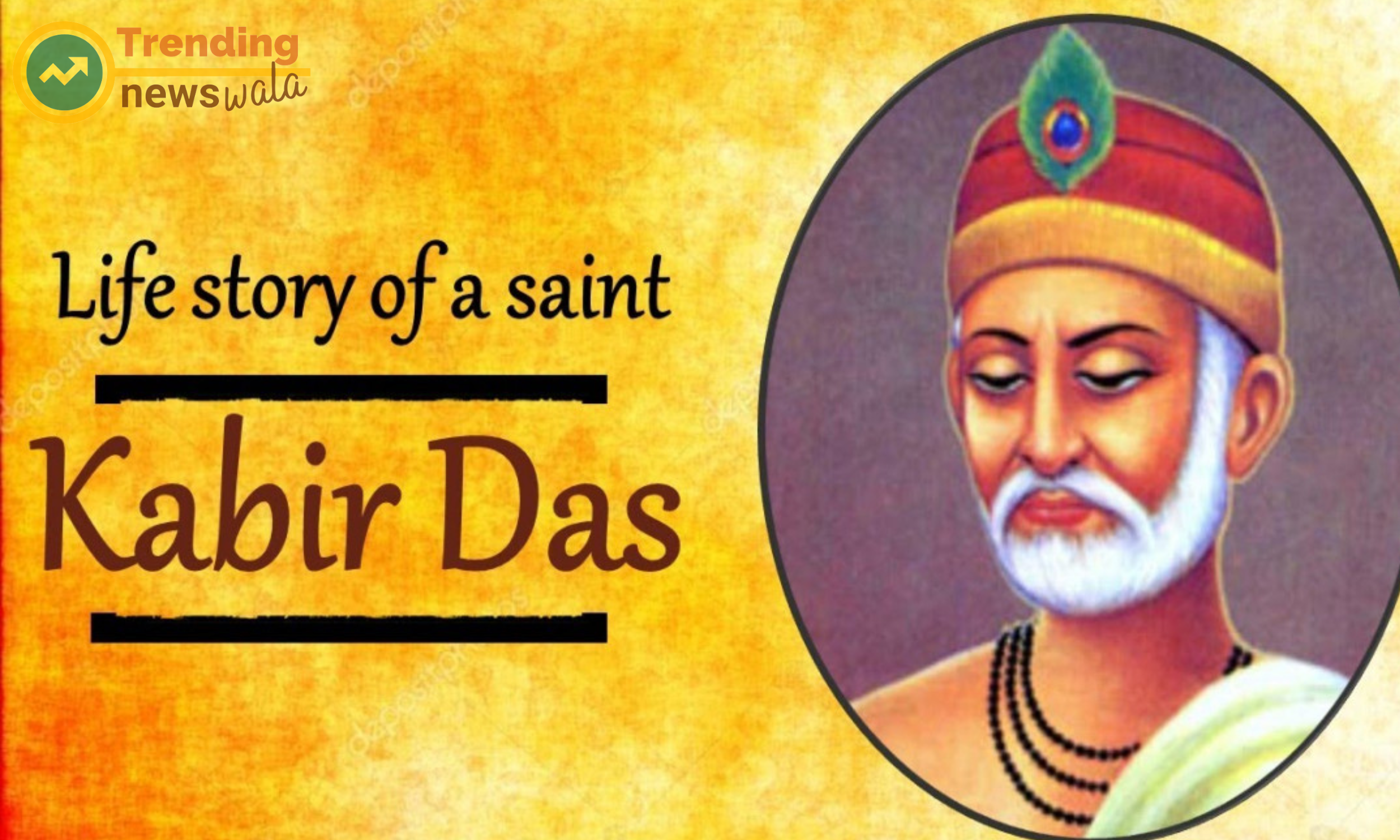
Kabir led a life of simplicity and humility, and his teachings reflect these virtues. He advocated for a life free from materialistic pursuits, emphasizing contentment and humility as key elements on the path to spiritual growth.
In a world often characterized by complexity and the pursuit of grandeur, the virtues of simplicity and humility stand as guiding beacons, offering a profound counterpoint to the noise of excess and self-aggrandizement. Embracing simplicity and humility isn't a retreat from life's challenges but a courageous and intentional choice to cultivate a life of authenticity, connection, and genuine fulfillment.
Simplicity:
Clarity in Complexity: Simplicity is not about diminishing the richness of life but about distilling it to its essence. In a society inundated with information and choices, embracing simplicity allows individuals to focus on what truly matters. It involves decluttering the mind, possessions, and relationships, creating space for clarity and purpose.
Mindful Living: Mindful living is a cornerstone of simplicity. It involves being fully present in each moment, appreciating the beauty in the ordinary, and letting go of the constant need for more. Whether in the pursuit of goals or the enjoyment of simple pleasures, mindful living allows individuals to savor the richness of life without being overwhelmed by its complexities.
Environmental Consciousness: Simplicity extends beyond personal habits to a broader awareness of our impact on the environment. Adopting a simpler lifestyle often aligns with sustainable practices, reducing waste and promoting a more harmonious relationship with the planet.
Humility:
Acknowledging Imperfection: Humility involves a realistic understanding of one's strengths and weaknesses. Embracing humility means acknowledging imperfections and recognizing that personal growth is a continuous journey. It opens the door to learning, resilience, and the ability to empathize with others.
Respect for Others: A humble demeanor fosters genuine respect for others. By recognizing the inherent worth and dignity of every individual, humility creates a foundation for meaningful relationships, collaboration, and a sense of community. It emphasizes listening, understanding, and valuing diverse perspectives.
Gratitude and Contentment: Humility is closely tied to gratitude and contentment. By appreciating the contributions of others and finding joy in the simple pleasures of life, individuals cultivate a spirit of contentment that transcends material pursuits. This mindset fosters resilience and a positive outlook, even in the face of challenges.
The Symbiosis of Simplicity and Humility:
Authentic Living: Simplicity and humility intertwine to create a pathway to authentic living. Stripping away the unnecessary and embracing one's authentic self leads to a profound sense of fulfillment. This authenticity, in turn, is grounded in humility, recognizing that true greatness lies in genuine connection and shared humanity.
Balancing Ambition and Contentment: Simplicity and humility offer a harmonious balance between ambition and contentment. While ambition propels individuals towards personal and professional growth, humility reminds them of the importance of gratitude and the satisfaction found in the journey itself.
In a world often enamored with the grandiose, the virtues of simplicity and humility invite us to reevaluate our priorities and rediscover the beauty in the uncomplicated and the modest. As we embrace a life characterized by authenticity, mindfulness, and genuine connection with others, we find that simplicity and humility are not signs of weakness but powerful expressions of strength and wisdom. In their union, they illuminate the path to a more meaningful and purposeful existence, reminding us that true richness is found in the simplicity of the human experience.
Rejecting Ritualism
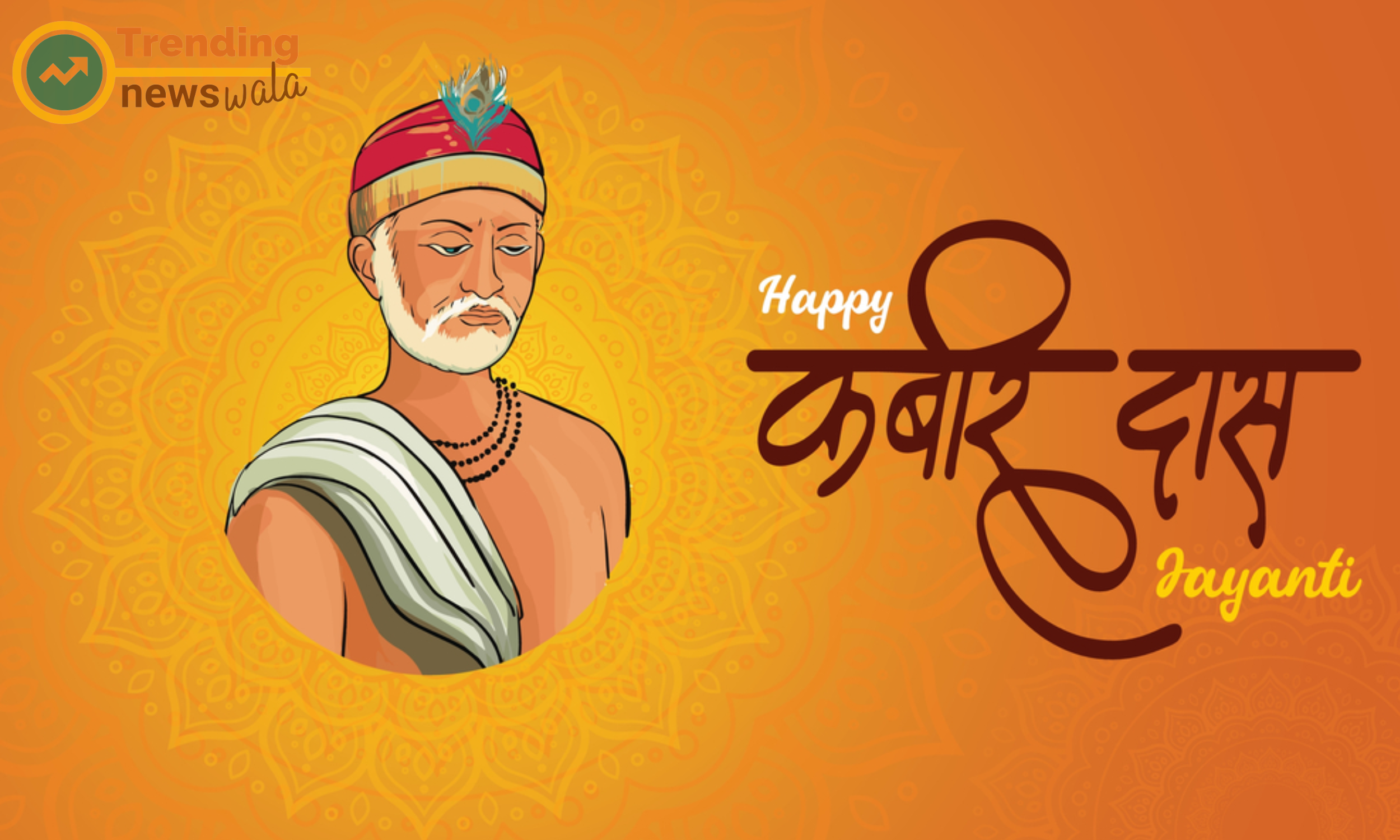
The poet criticized ritualistic practices that lacked genuine devotion and understanding. Kabir urged followers to go beyond empty rituals and instead cultivate a sincere connection with the Divine.
In the tapestry of human existence, rituals have woven a thread of tradition, offering a sense of continuity, comfort, and belonging. However, there comes a moment in many individuals' lives when the rigid constraints of ritualism begin to feel constrictive rather than liberating. This article explores the idea of rejecting ritualism as a means to foster personal growth, individuality, and the pursuit of a more authentic and fulfilling life.
The Nature of Ritualism: Rituals, whether cultural, religious, or personal, are often ingrained in our lives from an early age. They serve various purposes, providing structure, fostering community, and connecting individuals to shared beliefs and values. However, when rituals become rigid and devoid of personal meaning, they can transform into ritualism—a set of prescribed actions carried out mechanically without genuine engagement or understanding.
The Constricting Chains of Ritualism:
Loss of Authenticity: Ritualism often leads to a loss of authenticity as individuals go through motions without connecting to the deeper meaning behind their actions. This detachment from personal beliefs and values can hinder the development of a genuine sense of self.
Stifling Personal Growth: The rigidity of ritualism can stifle personal growth by creating a static environment where conformity takes precedence over exploration. Breaking free from ritualistic constraints allows individuals to evolve, learn, and adapt to the ever-changing nature of life.
Hindered Critical Thinking: Engaging in rituals mechanically may discourage critical thinking. The acceptance of rituals without questioning their relevance or significance can lead to a passive acceptance of ideas, limiting intellectual exploration and curiosity.
Rejecting Ritualism:
Mindful Reflection: The first step in rejecting ritualism is engaging in mindful reflection. Individuals need to assess the rituals in their lives, questioning their purpose and personal significance. What once brought meaning may need to be reevaluated to align with evolving beliefs and values.
Embracing Personalized Rituals: Rather than adhering strictly to traditional or imposed rituals, individuals can create personalized rituals that resonate with their authentic selves. These rituals should be meaningful, flexible, and reflective of one's evolving identity.
Cultivating Presence: Rejecting ritualism involves cultivating presence and mindfulness in daily activities. Being fully engaged in the present moment allows individuals to derive meaning from their actions and decisions, fostering a deeper connection with life's experiences.
The Liberation and Benefits:
Individual Empowerment: Breaking free from ritualism empowers individuals to reclaim agency over their lives. By making intentional choices and embracing authenticity, individuals become architects of their own destinies rather than passive participants in prescribed routines.
Cultivating Flexibility: Liberation from ritualism encourages a mindset of flexibility and adaptability. Life is dynamic, and the ability to embrace change becomes a valuable skill that enhances resilience and the capacity to navigate challenges.
Fostering Authentic Connections: Rejecting ritualism opens the door to authentic connections with oneself and others. Genuine interactions and relationships flourish when individuals are true to their beliefs and values, fostering a sense of shared authenticity.
While rituals have their place in human culture and tradition, it is essential to recognize when they become stifling ritualism. By rejecting the mechanical and embracing the meaningful, individuals can embark on a journey of self-discovery, personal growth, and a more authentic existence. In the liberation from ritualism, there lies the opportunity to create a life imbued with purpose, connection, and the richness of individual experience.
Devotion and Love
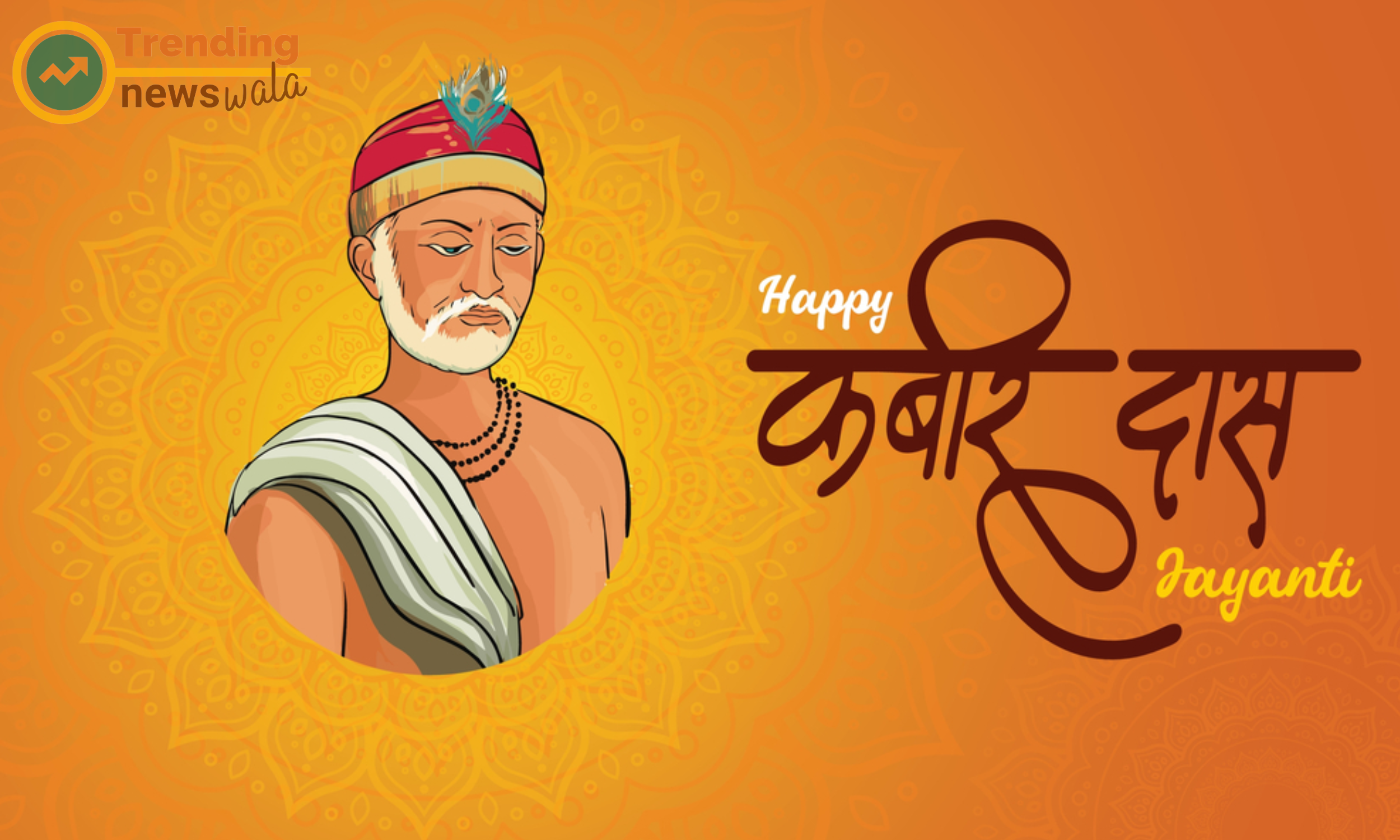
Kabir's poetry is infused with themes of devotion and love for the Divine. He believed that true devotion arises from the heart and is not bound by external practices.
Devotion and love, two intricate threads woven into the fabric of human experience, create a tapestry of profound connection and emotional depth. While these concepts are often intertwined, they each bring a unique essence to relationships, spirituality, and the human psyche. This article delves into the intersection of devotion and love, unraveling the beauty and complexity that arise when these powerful forces come together.
Understanding Devotion:
Spiritual Devotion: Devotion often finds expression in a spiritual context, where individuals commit themselves wholeheartedly to a higher power, deity, or spiritual practice. This form of devotion involves surrender, faith, and a deep connection with the divine.
Dedication in Relationships: In personal relationships, devotion manifests as unwavering commitment, loyalty, and dedication. It goes beyond the ephemeral nature of emotions, anchoring individuals in a steadfast commitment to the well-being and happiness of their partners.
Passion for a Cause: Devotion can extend to a cause or a mission. People may feel devoted to making a positive impact on the world, dedicating their time, energy, and resources to bring about positive change.
Exploring the Dimensions of Love:
Romantic Love: Romantic love is a powerful and often transformative force that involves deep affection, passion, and connection between individuals. It is characterized by the desire for closeness, intimacy, and shared experiences.
Unconditional Love: Unconditional love transcends circumstances and imperfections. It is a profound acceptance of others, embracing them for who they are without judgment or expectation. This form of love fosters a sense of security and belonging.
Self-Love: Love is not limited to external relationships; it extends inward to self-love. This form of love involves recognizing and embracing one's worth, nurturing personal growth, and practicing self-compassion.
The Intersection of Devotion and Love:
Sacred Bonds: When devotion and love intersect, they create sacred bonds that go beyond the superficial. Whether in spiritual devotion or committed relationships, the fusion of these elements elevates connections to a transcendent level.
Mutual Growth: Devotion and love, when nurtured together, contribute to mutual growth and self-discovery. Relationships become catalysts for personal development, fostering an environment where individuals encourage each other's aspirations and well-being.
Strength in Vulnerability: The intersection of devotion and love allows for the strength found in vulnerability. Individuals can open themselves authentically to one another, knowing that their devotion provides a foundation of support and understanding.
A Spiritual Love Language: Spiritual devotion intertwined with love creates a unique language of connection. Whether expressed through shared spiritual practices or a deep understanding of each other's spiritual beliefs, this dimension of love adds richness and depth to relationships.
Devotion and love, individually potent, weave together a tapestry of connection that transcends the ordinary. In exploring the intersection of these profound forces, we find a harmonious dance that nurtures the soul, fosters growth, and imbues relationships with a sense of purpose. As we navigate the intricate landscape of human connections, the fusion of devotion and love stands as a testament to the transformative power of authentic, deep, and enduring relationships. Whether in matters of the heart or the spirit, the interplay of devotion and love creates a symphony of emotions that resonates with the very essence of what it means to be human.
Detachment from Materialism

In a world often driven by consumerism and the relentless pursuit of possessions, the concept of detachment from materialism emerges as a powerful antidote. Beyond the allure of material wealth lies a profound wisdom that advocates for prioritizing experiences over possessions and finding true fulfillment in the simplicity of life. This article explores the transformative journey of detaching from materialism and embracing a life guided by deeper values and authentic joy.
Understanding Materialism: Materialism is a societal ethos that places a high value on the acquisition of material possessions as a measure of success, happiness, and self-worth. While the comforts and conveniences that material wealth provides are undeniable, an excessive attachment to possessions can lead to a sense of emptiness and a perpetual cycle of craving for more.
The Essence of Detachment:
Freedom from Possessions: Detachment from materialism involves liberating oneself from the undue importance placed on possessions. It doesn't necessarily mean renouncing all material goods but rather cultivating a mindset that values experiences, relationships, and personal growth over the accumulation of things.
Embracing Minimalism: Minimalism, a lifestyle philosophy gaining traction, embodies the idea of intentional living with only what is necessary and meaningful. Embracing minimalism allows individuals to declutter their physical and mental spaces, creating room for clarity, focus, and a deeper connection to what truly matters.
Letting Go of Ego-Driven Desires: Detachment from materialism requires a shift away from ego-driven desires for external validation. Recognizing that true worth comes from within, individuals can break free from the societal pressures that equate material success with personal fulfillment.
The Transformative Journey:
Cultivating Gratitude: Detaching from materialism opens the door to cultivating gratitude for the present moment and the simple joys of life. Gratitude shifts the focus from what is lacking to what is abundantly present, fostering a sense of contentment and inner peace.
Prioritizing Experiences: Instead of accumulating possessions, individuals on the path of detachment prioritize experiences that bring lasting joy and fulfillment. Whether it's travel, meaningful relationships, or personal growth, the emphasis shifts from owning things to living a life rich in meaningful moments.
Reducing Environmental Impact: Detachment from materialism aligns with sustainable living practices. By consuming less and being mindful of environmental impact, individuals contribute to a healthier planet and a more sustainable future.
Fostering Authentic Connections: Material possessions often serve as substitutes for authentic connections. Detachment invites individuals to invest time and energy in building meaningful relationships, recognizing that true wealth lies in the tapestry of human connection.
The journey of detachment from materialism is a profound exploration of the self and a conscious choice to redefine the sources of joy and fulfillment. It is not a rejection of material comfort but a realization that genuine happiness emanates from within and transcends the transient pleasures of possessions. As individuals embark on this transformative journey, they discover the liberating power of a life untethered from the pursuit of material excess. In embracing detachment, we find a pathway to a more intentional, meaningful, and harmonious existence—one where the soul is free to soar beyond the constraints of materialism.
Kabir warned against the entanglements of materialism, emphasizing the impermanence of worldly possessions His teachings encourage a detachment from material desires in favor of spiritual pursuits.
Universal Spirituality

Kabir's teachings are universal, emphasizing that the path to God is open to all, regardless of caste, creed, or religion. His inclusivity and acceptance resonate with the principles of unity in diversity.
In a world characterized by diverse beliefs, cultures, and traditions, the concept of universal spirituality emerges as a guiding light, transcending boundaries and fostering a sense of interconnectedness. Universal spirituality recognizes the shared essence of the human experience and invites individuals to explore the common threads that unite us, transcending religious, cultural, and philosophical differences. This article explores the essence of universal spirituality, its significance, and the potential it holds for fostering harmony and understanding on a global scale.
Understanding Universal Spirituality:
Transcending Dogma: Universal spirituality transcends the confines of religious dogma, recognizing that different paths can lead to the same truth. It emphasizes the core principles that underpin various faiths—love, compassion, kindness, and the pursuit of inner peace.
Recognizing Unity in Diversity:At its core, universal spirituality acknowledges the beauty of diversity while emphasizing the fundamental unity that binds humanity. It celebrates the richness of different cultural expressions of spirituality, seeing them as diverse reflections of a shared human quest for meaning.
Cultivating Inner Transformation: Universal spirituality places a strong emphasis on personal transformation. It encourages individuals to look within, fostering self-awareness, mindfulness, and the development of qualities that contribute to the well-being of oneself and others.
The Significance of Universal Spirituality:
Promoting Global Harmony: By transcending religious and cultural divides, universal spirituality lays the foundation for global harmony. It encourages a shared sense of responsibility for the well-being of the planet and its inhabitants, fostering a collaborative approach to addressing global challenges.
Fostering Compassion and Empathy: Universal spirituality underscores the importance of compassion and empathy in human interactions. Recognizing the shared human experience allows individuals to connect on a deeper level, fostering understanding and unity even in the face of differences.
Addressing Interfaith Dialogue: In a world marked by religious diversity, universal spirituality provides a common ground for interfaith dialogue. It encourages individuals to focus on shared values and aspirations, fostering a climate of mutual respect and understanding.
Practical Steps towards Universal Spirituality:
Cultivating Open-Mindedness: Embracing universal spirituality begins with cultivating open-mindedness and a willingness to explore diverse perspectives. It involves recognizing the validity of different spiritual paths and finding common ground based on shared values.
Engaging in Interfaith Activities: Actively participating in interfaith activities and dialogue fosters an environment of inclusivity. Engaging with individuals from different spiritual traditions provides opportunities for learning, appreciation, and the building of bridges between communities.
Practicing Mindfulness and Meditation: Universal spirituality often finds expression through practices that promote mindfulness and meditation. These practices go beyond cultural or religious boundaries, offering individuals a direct experience of their inner spiritual essence.
Universal spirituality stands as a beacon of hope in a world often marked by division and discord. It invites individuals to transcend superficial differences and connect with the profound unity that lies at the heart of the human experience. By embracing the principles of universal spirituality, we pave the way for a more harmonious and interconnected world—one where diversity is celebrated, understanding prevails, and the shared journey towards inner peace and enlightenment is recognized as a universal quest.
Spiritual Knowledge over External Labels
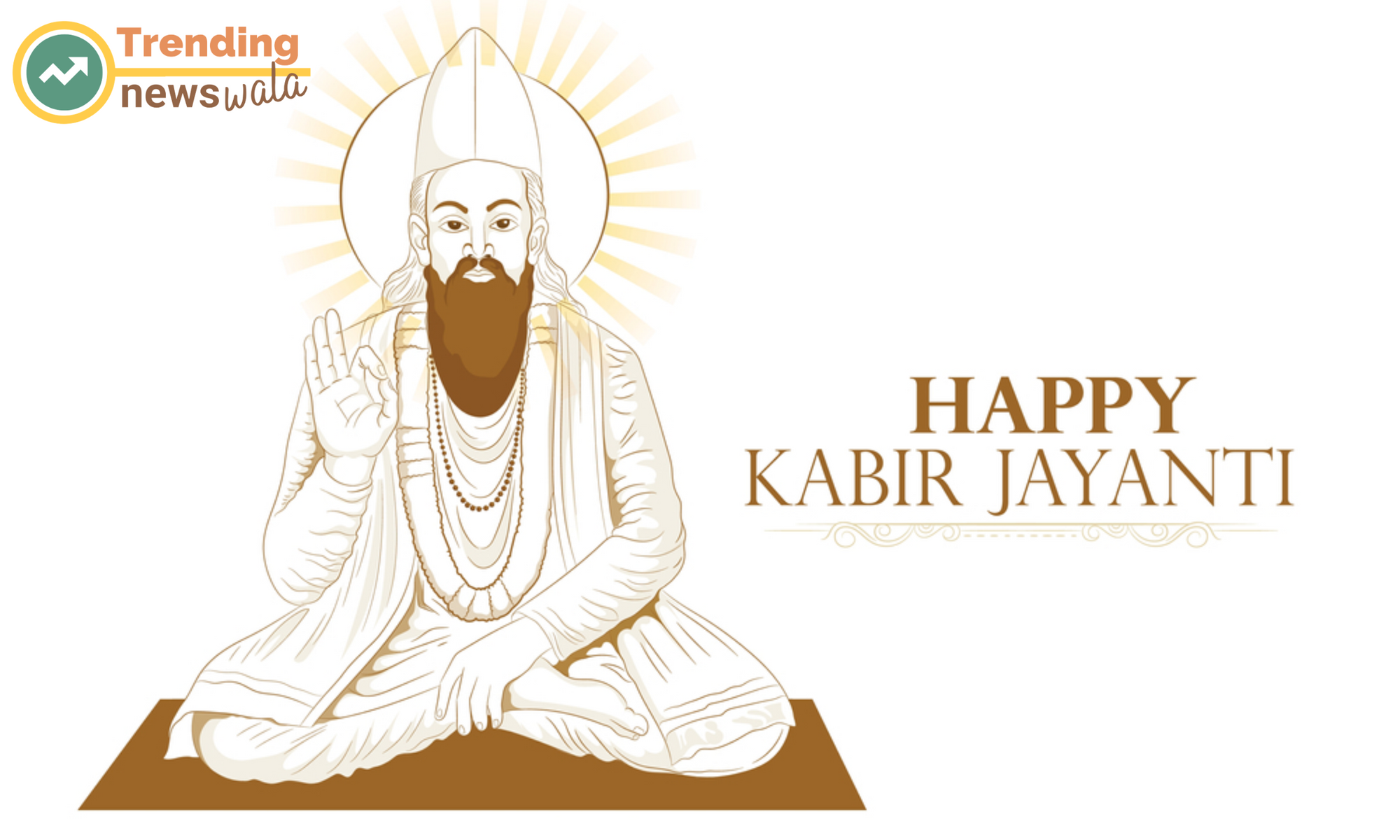
Kabir stressed the importance of true spiritual knowledge over external religious labels. He believed that genuine understanding of the Divine comes from direct experience and inner wisdom.
In a world that often places great emphasis on external labels—be they religious, cultural, or societal—it becomes increasingly vital to recognize the deeper, unifying thread that runs through the diverse tapestry of human spirituality. This article explores the profound concept of valuing spiritual knowledge over external labels, emphasizing the transformative power that arises when individuals look beyond surface distinctions to embrace the shared essence of their spiritual journey.
The Limitations of External Labels:
Superficial Divisions: External labels, such as religious affiliations or cultural identities, can lead to superficial divisions among people. These labels, while providing a sense of belonging, often contribute to the creation of "us vs. them" mentalities, hindering genuine understanding and connection.
Rigid Expectations: Labels come with preconceived notions and expectations. Individuals may be boxed into stereotypes based on their external affiliations, limiting the recognition of their unique spiritual journey, beliefs, and experiences.
Overlooking Shared Wisdom: Focusing solely on external labels can lead to a missed opportunity to appreciate the shared wisdom and universal truths that underlie various spiritual traditions. Beneath the surface, there often exists a common pursuit of love, compassion, and inner awakening.
Valuing Spiritual Knowledge:
Universal Principles: Spiritual knowledge encompasses universal principles that transcend external labels. Concepts such as love, compassion, forgiveness, and the quest for inner peace are central to many spiritual traditions. Recognizing these shared principles can bridge gaps and foster a sense of unity.
Inner Transformation: Spiritual knowledge emphasizes the transformative power of inner growth and self-realization. It encourages individuals to look beyond external rituals and doctrines, focusing on the internal journey of self-discovery and the cultivation of virtues.
Connecting with the Divine: At its core, spiritual knowledge invites individuals to connect with the divine or the transcendent. This connection goes beyond the boundaries of external labels, emphasizing a direct and personal relationship with the sacred that is accessible to all.
The Liberating Impact:
Breaking Down Barriers: Valuing spiritual knowledge over external labels breaks down barriers that perpetuate division. It encourages open-mindedness and a recognition of the diverse ways individuals connect with the sacred, fostering an inclusive and harmonious environment.
Cultivating Unity in Diversity: Embracing spiritual knowledge promotes the idea that diversity in spiritual expression is a source of richness rather than division. It allows individuals to appreciate the beauty of different paths while recognizing the common destination of spiritual enlightenment.
Encouraging Interfaith Dialogue: Prioritizing spiritual knowledge over external labels paves the way for meaningful interfaith dialogue. When individuals come together to share their spiritual experiences and insights, a deeper understanding of the universal aspects of spirituality emerges.
In a world marked by external labels, the pursuit of spiritual knowledge emerges as a transformative force that transcends divisions and promotes unity. As individuals look beyond superficial distinctions, they discover a shared journey towards inner awakening, compassion, and connection with the divine. By valuing spiritual knowledge, humanity has the opportunity to forge a path that embraces the richness of diversity while recognizing the profound oneness that unites us all on the spiritual quest.
The Illusion of Maya
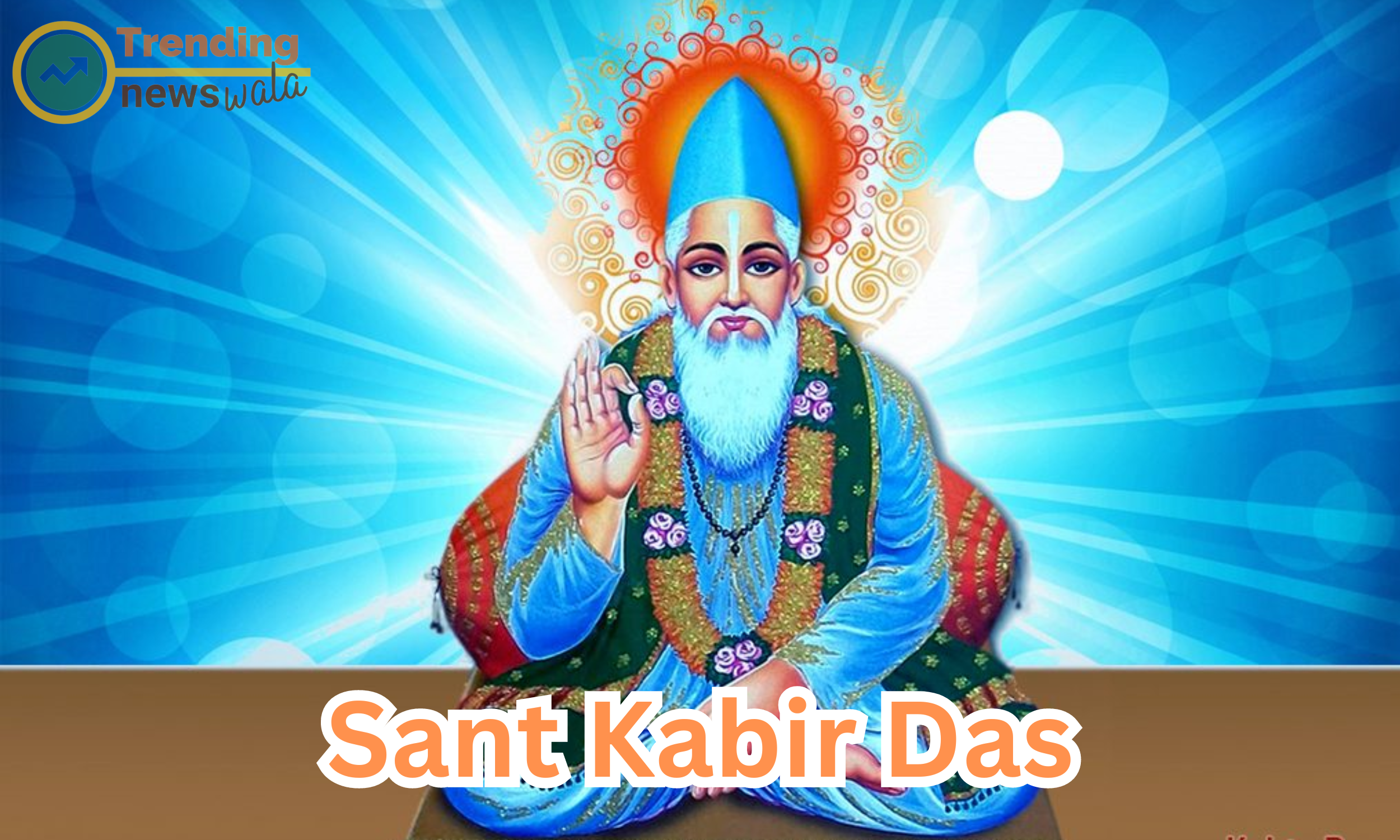
Kabir often spoke about the illusory nature of the material world (Maya). He urged followers to see beyond the transient nature of worldly affairs and focus on the eternal truth that lies within.
Sant Kabir Das, through his timeless teachings, continues to guide humanity toward a path of spiritual enlightenment and unity. His verses, filled with wisdom and compassion, serve as a beacon for those seeking deeper meaning and connection with the Divine. As we delve into the top 10 teachings of Sant Kabir Das, we find a profound philosophy that transcends time and resonates with the universal quest for truth and spiritual fulfillment.
In the rich tapestry of Eastern philosophy, the concept of Maya holds a central place, casting light upon the nature of reality and the illusion that often shrouds our perception. Rooted in ancient spiritual traditions, particularly Hinduism and Vedanta, Maya is a profound and intricate concept that challenges the way we perceive the world. This article delves into the depths of Maya, exploring its meaning, implications, and the transformative understanding it offers on the nature of existence.
Understanding Maya:
Illusion and Cosmic Deception: Maya is often described as an illusion, a cosmic deception that veils the true nature of reality. It is the force that creates the appearance of diversity and multiplicity in a world that, in its essence, is singular and undivided.
Transient Nature of the World: Maya suggests that the world we perceive is transient and ever-changing. What appears to be stable and concrete is, in fact, in a constant state of flux. This understanding encourages individuals to look beyond the surface of phenomena and recognize the impermanence inherent in the manifested world.
The Unchanging Reality (Brahman): Maya posits that behind the ever-shifting facade of the world lies an unchanging reality known as Brahman. Brahman is the ultimate, formless, and eternal reality that underlies and transcends the illusions created by Maya. It is the essence from which all manifestation arises.
Implications of Maya in Philosophy:
Shift in Perception: Maya challenges individuals to shift their perception from the apparent multiplicity of the world to the underlying unity. It invites a deeper contemplation on the nature of reality and prompts individuals to question the validity of their sensory experiences.
Detachment from Illusion: Recognizing Maya encourages detachment from the illusions of the material world. Instead of becoming entangled in the transient and ever-changing nature of phenomena, individuals are invited to seek a deeper connection with the unchanging reality beyond the veil of Maya.
Spiritual Liberation (Moksha): In many Eastern philosophies, liberation from the cycle of birth and death (samsara) is the ultimate goal. Understanding Maya is integral to this quest for liberation, as it involves transcending the illusions of the material world and realizing one's true nature as an eternal, spiritual being.
Practical Application in Daily Life:
Mindful Awareness: Practicing mindful awareness involves being conscious of the present moment and recognizing the impermanence of all things. By cultivating this awareness, individuals can begin to pierce through the illusion of Maya and connect with a deeper reality.
Detachment from Materialism: Maya challenges the attachment to material possessions and the pursuit of transient pleasures. Embracing detachment from materialism involves finding contentment beyond the illusions of the material world and seeking fulfillment in the eternal aspects of life.
Cultivation of Spiritual Wisdom: The understanding of Maya encourages the cultivation of spiritual wisdom. Engaging in practices such as meditation, self-inquiry, and philosophical contemplation allows individuals to deepen their understanding of the illusory nature of the world and move closer to spiritual realization.
Maya, the veil of illusion, invites individuals on a profound journey of self-discovery and spiritual realization. As Eastern philosophy teaches, unraveling the illusions of Maya leads to a deeper understanding of the ultimate reality and, ultimately, to liberation from the cyclic nature of existence. Embracing this perspective offers a transformative lens through which to view the world, challenging the conventional notions of reality and inviting individuals to explore the timeless wisdom embedded in the concept of Maya.

Who was Sant Kabir Das?
Sant Kabir Das was a 15th-century Indian mystic poet, saint, and philosopher, renowned for his devotional poetry and spiritual teachings that transcended religious boundaries.
What is Sant Kabir known for?
Sant Kabir is primarily known for his profound and universal poetry that emphasizes the oneness of God, the futility of rituals, and the importance of inner spirituality. His teachings promote unity, love, and equality.
When did Sant Kabir Das live?
Sant Kabir Das was born in the 15th century, around 1440, and lived during a period marked by cultural, religious, and social transformation in India.
What language did Kabir write in?
Kabir composed his poetry in a simple and accessible form of Hindi, often using vernacular language, making his verses relatable to people from all walks of life.
What are some famous works of Sant Kabir?
Sant Kabir's verses are compiled in collections known as "Kabir Bijak" and "Kabir Granthavali." Some of his well-known works include "Dohas" (couplets) and "Sakhis" (short poems).
What were Kabir's teachings on spirituality?
Kabir's teachings revolved around the concept of oneness with the divine. He emphasized direct communion with God, rejected external rituals, and promoted a path of love, humility, and self-realization.
How has Kabir's influence endured over time?
Kabir's teachings have left a lasting impact on Indian spirituality and beyond. His poetry continues to inspire people, and his messages of unity and love are relevant across cultures.
Was Kabir associated with a specific religious tradition?
Kabir's teachings transcended religious boundaries. While born into a Muslim family, his spiritual philosophy incorporated elements from Hinduism, Sufism, and other traditions. He advocated a universal spirituality beyond sectarianism.
Where did Sant Kabir live?
Sant Kabir spent much of his life in the city of Varanasi, a significant religious and cultural center in northern India.
How did Kabir contribute to social reform?
Kabir's teachings challenged social norms and criticized caste-based discrimination. His emphasis on the equality of all beings and the universality of God's love had a profound impact on social reform movements.

